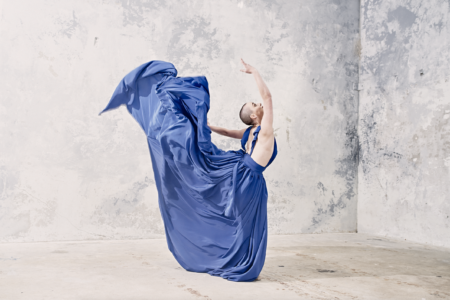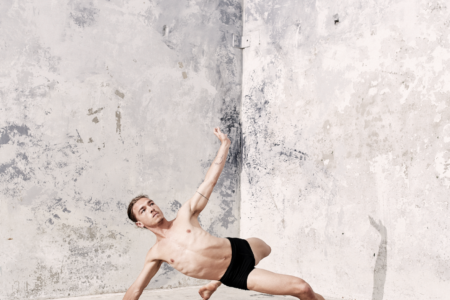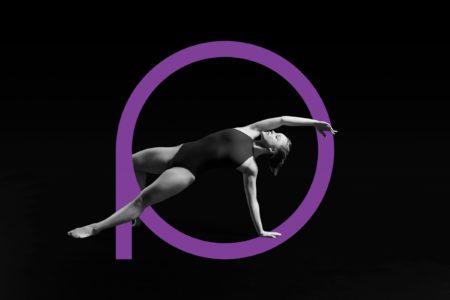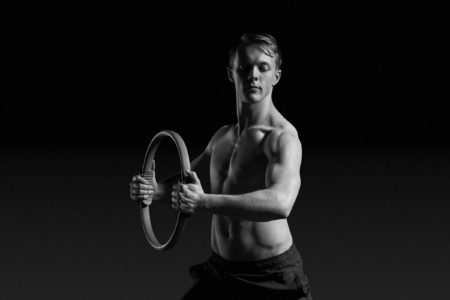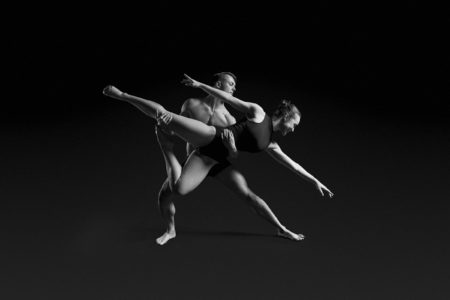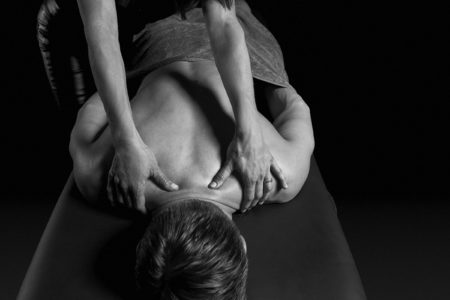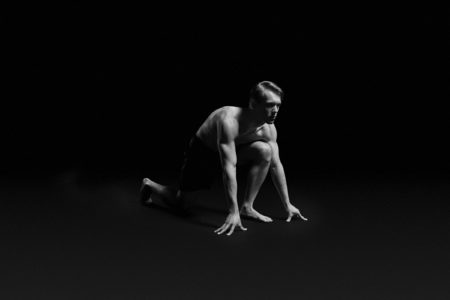Suite 3, Ground Floor, The Gateway,
312 St Kilda Road, Southbank, VIC, 3006
Warming Up and Keeping Warm
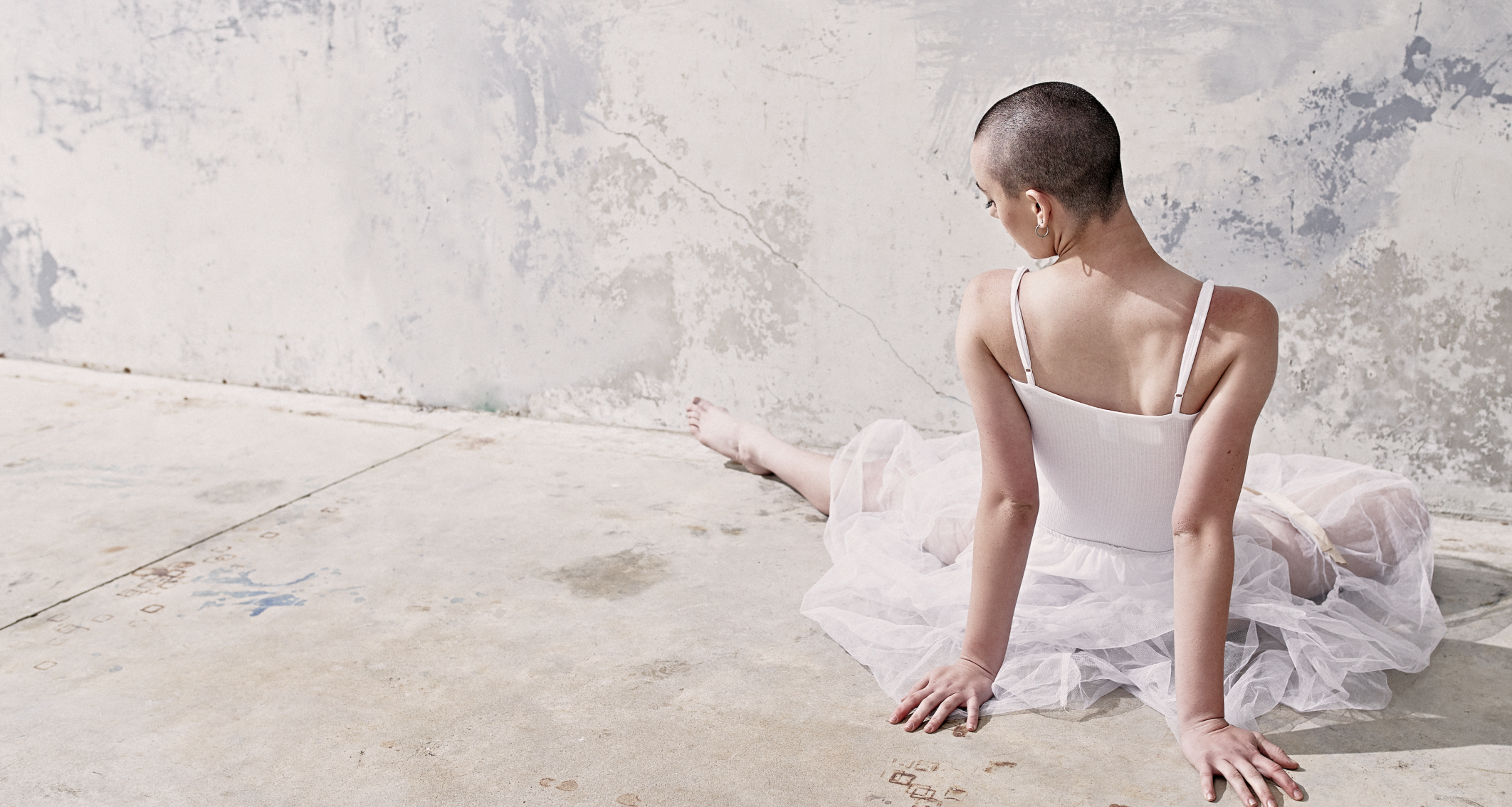
Warm up serves to prepare the body for rehearsal and performance, to prevent injury, and to develop a keener understanding of your own body.
A warm up should:
(a) increase the physical and physiological readiness for the activities you are about to do
(b) decrease injury incidence and increase injury resilience
(c) enhance movement execution and performance
A warm up can be divided into three progressive stages of activity:
(a) Active warming
(b) Active flexibility
(c) Neurological preparation
Active Warming
The goal of Active Warming is to prepare for both aerobic and anaerobic activity by increasing body and muscle temperature, heart rate, and oxygen uptake. This will help your metabolism and musculoskeletal system be prepared for exercise. Your muscles and connective tissues will be more able to efficiently contract and your joints will have increased lubrication and mobility, making your performance better.
Muscle temperature rises rapidly in the initial 3-5 minutes of activity, with a plateau effect occurring after 10-20 minutes.
A moderate intensity warm up prepares the body for exercise within 5-10 minutes; while at lower intensities, 10-20 minutes is needed to increase muscle temperature enough for exercise.
Maximum benefits are achieved with a warm up of 15 minutes averaging a moderate heart rate (ie raise you heart rate 60% of its maximum), with some high and some low intensity components.
Active Flexibility
Stretching should be done after this 15 minute Active Warming in a way that maintains the elevated heart rate. This is best achieved by keeping the stretching dynamic rather than statically holding stretches for more than 15 seconds. Your body will be more prepared for dancing if you stretch this way during your warm up. Use the warm down time at the end of dancing as a time to improve your flexibility by holding longer stretches.
This intermediate phase of warm up targets the maintenance of the effects of active warming up, and the progression of musculoskeletal and neuromuscular preparedness for dancing. This is achieved with firstly dynamic passive stretches consisting of a full stretch only held for a second before changing sides and repeating this several times. For example, walking lunges forward and backward as this requires concentration on balance, co-contraction of supporting muscles and a releasing of the thighs.
Neurological Preparation
Neurological preparedness is continually achieved throughout the Active Warming and Active Flexibility phases of the warm up by completing exercises that are functionally relevant to the type of activity or dancing that you are about to complete.
Key Points
a) Be aware that warm up means warm up, not stretch
b) An active warm up that increases your core temperature will improve performance by improving flexibility, producing a higher oxygen uptake and lowerin lactic acid. It will improve the speed and force of muscle contractions and increase the speed and transmission of nerve impulses.
c) A warm up that uses dynamic funcitonal movement to increase core temporature will also ‘warm up’ flexibility.
d) When you want to improve you flexibility you should stretch when you are very warm such as times after class or the show when your heart rate has been elevated above approx 120bpm.
e) Static stretching prior to dancing does not reduce the occurrent of injury; in fact it may reduce a muscle’s force production meaning explosive movements could be compromised.
f) Stretching does not reduce post-exericse muscle soreness but re-hydrating may help.
The dynamic warm up should last about 10 minutes and be functional. It should incorporate elements of balance, core strength, agility, and be specific to the movements required after the warm up. The benefits of a warm up are lost after about 30 minutes of inactivity so it is important to maintain your body heat if you are standing of sitting around during rehearsal, teaching and between classes.
It is wise to wear layers of clothes so you can keep the body heat for longer. Don’t expect to stay warm wearing shorts & a singlet; put on extra layers of jumpers, trackies and scarves to prevent cooling down faster. You have to do something to increase your heart rate up to that 110bpm and maintain it for about 3-5 minutes every 20-30 minutes. This might be by doing a combination of burpies, star jumps, plank leg lifts, 100’s, sun salutations, chin ups, whatever takes your fancy.
After a break of an hour or so like lunch, you should spend about 10 minutes regaining that warmth and dynamic flexibility in readiness for the next part of rehearsal.
After you have been active and then know you have finished all physical activity, you must cool down. This should consist of a 5 minute light jog to walk and shake out to reduce the heart rate and then about 5 minutes of static stretching of the main muscle groups you have just used. Remember, warming down is just as important as warming up as this will assist in distributing the by-products of exercise and reduce muscle soreness!
The above is a summary of information from several research articles with most of the information from Warming Up for Intermittent Endurance Sports John R. Cone, MS, CSCS

